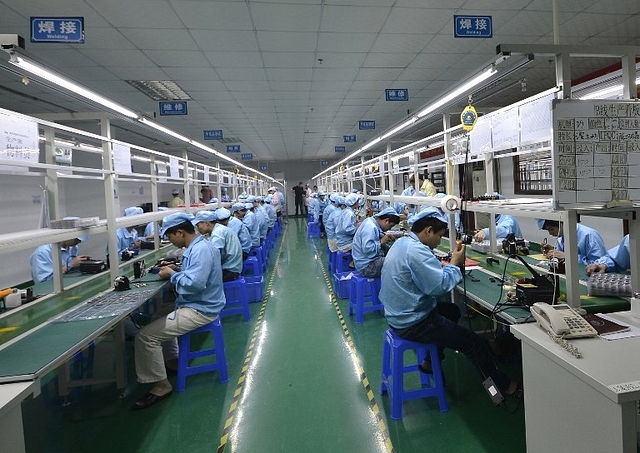
India Still Far, Far Behind China
There is this oft-repeated joke about statisticians. A group of people, which included a statistician, needed to cross a river. However, they feared getting drowned. The statistician came out with a bright idea. He calculated the average height of the group – 5.4 feet and – and the average depth of the river – 4.5 feet. He then asserted that the river can be crossed safely as the average height of the group was higher than average depth of the river. The group started to cross the river, but at one point its depth was over 8 feet and everyone, including the statistician, drowned.
This story comes to mind when one hears the debate over India and China’s growth rates, especially the exultation over India now growing faster than its neighbour.
China, which has practised export-led growth since 1979, has recorded double-digit economic growth for three decades. Lately, its economy has slowed down due to a difficult global situation and it has logged 6.8 per cent growth this year. On the other hand, India was growing at the `Hindu rate’ of 3 per cent to 5 per cent a year for nearly four decades and got some push only in 1991 after the opening up of the economy. But the best growth it achieved was between 2004 and 2008, when it averaged 9 per cent plus growth. The economy went into a slowdown after that due to domestic and global reasons. There has been some revival now, with growth touching 7.3 per cent in 2014-15.
But India’s growth rate looked higher than China’s because of the new method of estimating gross domestic product (GDP), adopted in February. GDP is no longer estimated at factor cost, as done earlier, but at market prices taking into account gross value addition in goods and services as well as indirect taxes. Also, the base year has been shifted from 2004-05 to 2011-12. This helped India’s growth rate look higher by 2.2 per cent. One need not quarrel with this as the growth calculation has now been aligned to global norms. This partly contributed to India’s growth looking impressive and perhaps higher than China in a year in which the latter’s economy has slowed down drastically.
But, more importantly, what has been overlooked is that India’s GDP in absolute terms is only $1.87 trillion in 2013, and will be around $2 trillion for 2014 (the exact figure will be known in the next few months). In contrast, China’s GDP was $9.24 trillion in 2013, the latest year for which figures are available.
This article is a part of our Making Sense of China series. Click here for the contents of our June 2015 special issue on China
Going by these numbers, even if India achieved a 10 per cent growth rate, it would be growing by $20 billion in a year in absolute terms. But China, at even 6.5 per cent growth, would be growing by around $70 billion a year in absolute terms. So India’s growth rate may be marginally higher, but it has a lot of catching up to do to grow faster than China in absolute terms, which tells the real growth story.
The absolute numbers are important for calculating per capita income which was around $1500 in India in 2013 as against China’s $6800. China’s per capita is more than four times that of India’s.
Consumption is perhaps the largest component in India’s GDP. This clearly shows all is not well with the economy. There is rural distress and this is one of the reasons that consumption demand is not picking up for the economy to grow, as is evident from the sale of two-wheelers, tractors, small commercial vehicles, cars and consumer goods. This is the reason that the Reserve Bank of India has flagged the issue in its monetary policy on June 2. Also with monsoon forecast to be far below par this season, the outlook seems to be none too encouraging for India’s growth story. India will have to grow much faster than the present rate for at least four to five decades to come anywhere near China. In fact, China is the only country in the world, which has grown rapidly in double digits for decades. No other country, including so called miracle countries like Japan, South Korea and South East Asian countries, have grown as rapidly as China on a sustained basis.
So it is not going to be all that easy for India to grow rapidly in double-digits, that too with the kind of democratic polity it has, which by itself makes the growth process slower.